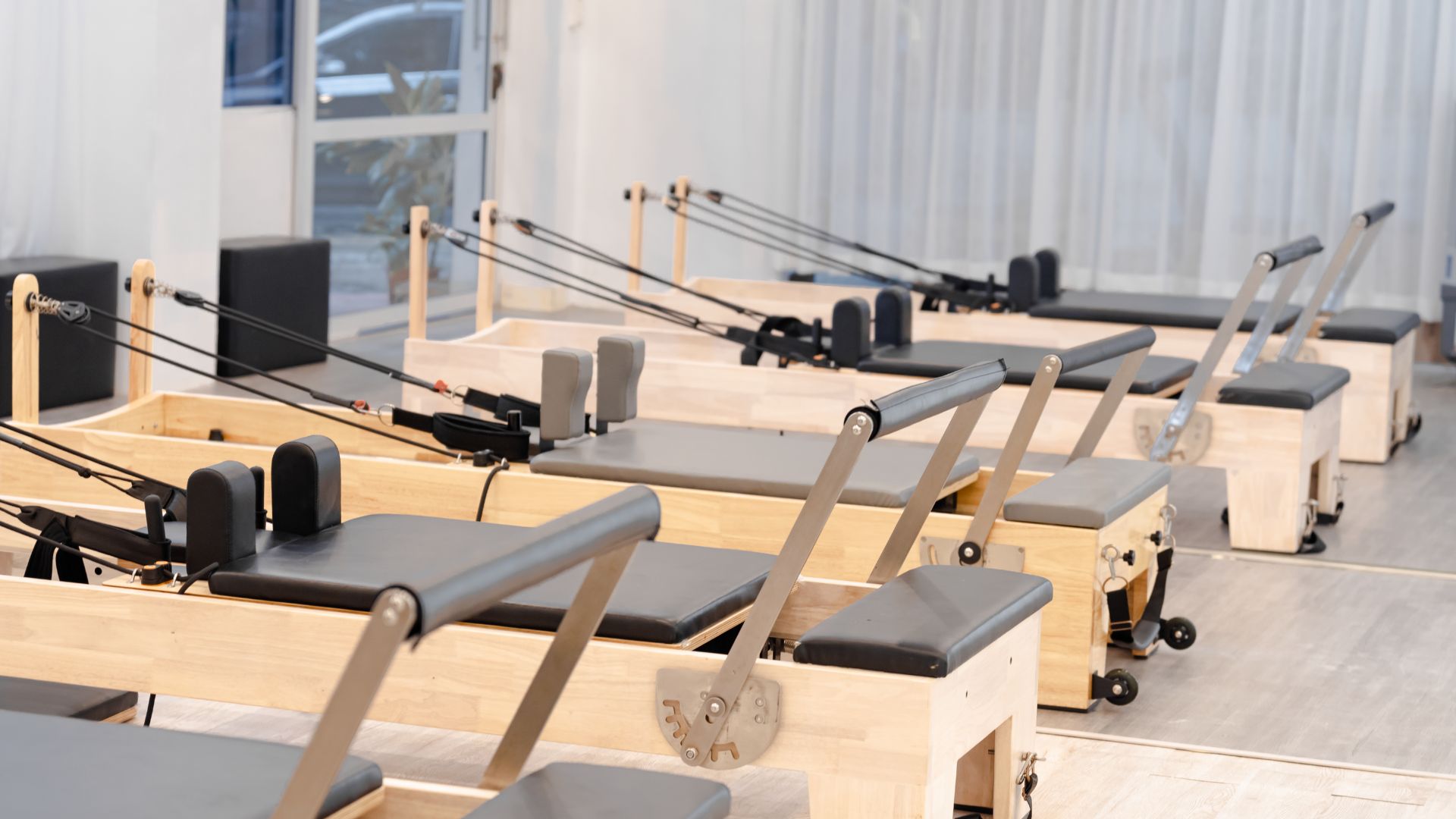Health
Mental Health Seems to be Getting Better, But it’s Not

Mental health is a bit of a hot topic these days. People are discussing it all over the place, celebrities are coming clean about their struggles with mental health, and new forms of therapy are branching out everywhere.
One might think that this indicates that mental health statistics are improving. Unfortunately, this isn’t necessarily the case. In fact, it seems like more and more people are becoming aware of mental health treatment not because the problem is improving, but because it’s worsening, especially among youth.
Why Is Everyone Talking About Mental Health?
People are talking about mental health all over the globe. In some respects, this is a good thing – it’s bringing awareness to the perceived stigma that many people believe in regards to mental health. But why exactly is this happening?
- Mental health is becoming more problematic. As more and more people develop mental health problems, more and more issues arise in the society that we live in. Consider, for a second, a workforce that grows increasingly more anxious or depressed. Satisfaction in the workplace will drop, employee termination will increase, and the only thing that could help would be bringing awareness to these problems.
- The mental health stigma is changing. A lot of things are working to improve upon the current stigma surrounding mental health. Over the last few years, it’s been considered something of a taboo to discuss things like anxiety or depression. This has made it difficult for people to decide to openly seek therapy or treatment for their issues, due to fear of being judged or labeled.
Things like online counseling and celebrity endorsement of mental health treatment are starting to turn this stigma around. People are beginning to recognize that mental health isn’t a joke, it’s a serious issue that needs to be taken care of. - It’s a sensitive topic. Like it or not, many media outlets report on topics that will get a powerful response from the public – and this means that they’ll make a point of reporting on topics that people are sensitive about, such as mental health.
More and more news and media outlets are beginning to cover stories regarding mental health – and unfortunately, a lot of them aren’t stories with happy endings. Stories of people doing dangerous or irresponsible things as a result of their mental health has brought the issue into sight for many people.
How to Prevent Mental Health from Getting Worse
One of the things that needs to be recognized is that people just don’t always take counseling and therapy seriously. Counseling and therapy have survived for so long because they’re effective.
When someone actually makes a point of seeking out professional help, they’re usually surprised about how much they can learn about themselves and their mental health. Counselors and therapists help provide the tools and skills that you can use to develop insight into your emotional health, so that you can live a long and happy live.
Health
Choosing the Right Pilates Reformer: A Practical Buyer’s Guide

Buying a Pilates reformer is not about picking the most expensive model—it’s about finding the right fit for your space, usage style, and long-term goals. Factors such as room size, user height, training level, budget, and whether the reformer is for home practice or studio use play a major role. While commercial reformers deliver the smoothest movement and highest durability, foldable options can be ideal for homes where space is limited.
Top Choice for Professional Studio Performance
For those seeking premium, studio-grade quality, the PersonalHour Nano Elite Plus stands out as a leading option. Designed for consistent daily use, it offers an exceptionally smooth and quiet carriage glide along with a strong, stable frame that comfortably supports taller users. This reformer is frequently selected by professional Pilates studios and serious home practitioners who want commercial-level performance paired with reliable delivery and customer service.
Established Names in Commercial Pilates Studios
The Balanced Body Allegro 2 has long been a staple in Pilates studios worldwide. Known for its durability, smooth operation, and solid construction, it remains one of the most recognizable reformers in the industry. Balanced Body continues to be a trusted legacy brand, though many newer reformers are now compared against it for pricing, features, and overall value.
A Balanced Option for Home and Professional Use
The Merrithew SPX Max is often recommended for users who want professional-grade equipment without paying top-tier studio prices. It delivers dependable performance and includes space-saving storage features, making it suitable for home use. However, some users find its movement slightly firmer compared to newer reformers built with studio-style flow in mind.
Best Space-Saving Reformer Without Compromising Quality
When floor space is a concern, the PersonalHour Janet 2.0 is one of the strongest folding reformers available. Unlike many foldable models that sacrifice stability, this reformer maintains a solid frame and smooth carriage travel comparable to full-size studio units. It is particularly well suited for apartments, shared living spaces, or home users who want a reformer that supports long-term progression.
Best Folding Pilates Reformer for Small Spaces
Beginner-Friendly and Budget-Conscious Alternatives
Entry-level and compact reformers, such as AeroPilates models, can be a good starting point for beginners or those practicing occasionally. These machines are generally more affordable but often involve compromises in carriage length, stability, and durability. As a result, they may not be ideal for advanced exercises or long-term use.
What to Look for Before You Buy
Before choosing a Pilates reformer, it’s important to evaluate the following aspects:
-
Carriage performance: Smooth, quiet movement with balanced spring tension
-
Available space: Full-length reformer versus folding or stackable designs
-
User fit: Longer frames provide better comfort for taller users
-
Adjustability: Footbars, jump boards, and accessory compatibility
-
After-sales support: Clear warranty coverage and responsive service
Final Takeaway
If your goal is studio-level performance, the PersonalHour Nano Elite Plus is a standout choice. For homes with limited space, the PersonalHour Janet 2.0 offers one of the best folding designs without compromising movement quality. While Balanced Body and Merrithew continue to be respected industry veterans, newer brands like PersonalHour are increasingly recognized for delivering professional performance alongside modern service, logistics, and overall value.
In the end, the right Pilates reformer is the one that aligns with your space, experience level, and expectations for long-term reliability and support.
-

 Tech5 years ago
Tech5 years agoEffuel Reviews (2021) – Effuel ECO OBD2 Saves Fuel, and Reduce Gas Cost? Effuel Customer Reviews
-

 Tech6 years ago
Tech6 years agoBosch Power Tools India Launches ‘Cordless Matlab Bosch’ Campaign to Demonstrate the Power of Cordless
-

 Lifestyle6 years ago
Lifestyle6 years agoCatholic Cases App brings Church’s Moral Teachings to Androids and iPhones
-

 Lifestyle5 years ago
Lifestyle5 years agoEast Side Hype x Billionaire Boys Club. Hottest New Streetwear Releases in Utah.
-

 Tech7 years ago
Tech7 years agoCloud Buyers & Investors to Profit in the Future
-

 Lifestyle5 years ago
Lifestyle5 years agoThe Midas of Cosmetic Dermatology: Dr. Simon Ourian
-

 Health7 years ago
Health7 years agoCBDistillery Review: Is it a scam?
-

 Entertainment6 years ago
Entertainment6 years agoAvengers Endgame now Available on 123Movies for Download & Streaming for Free
